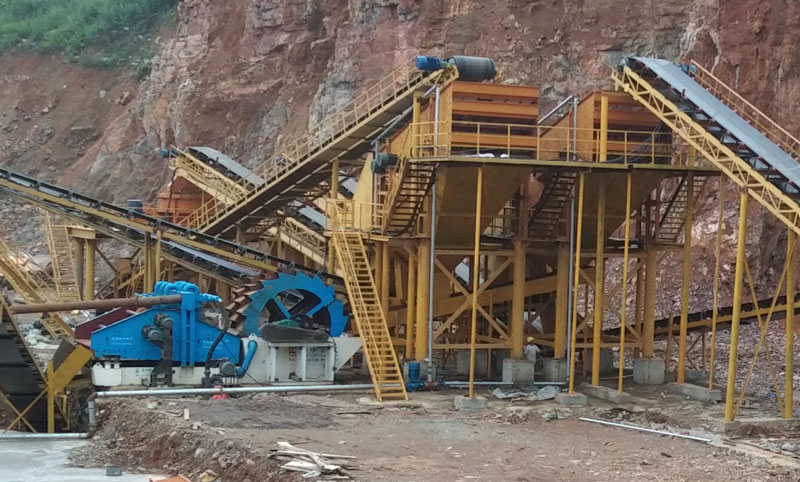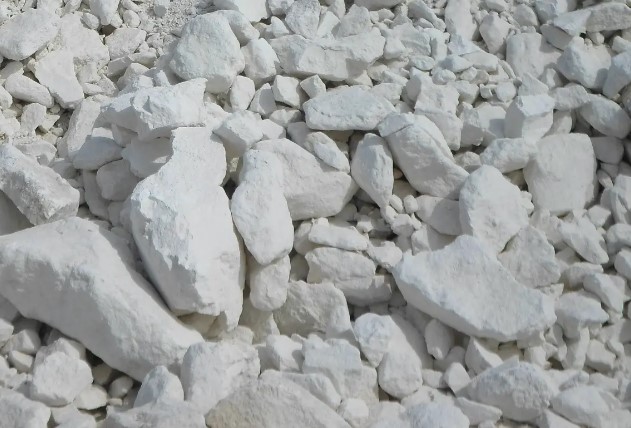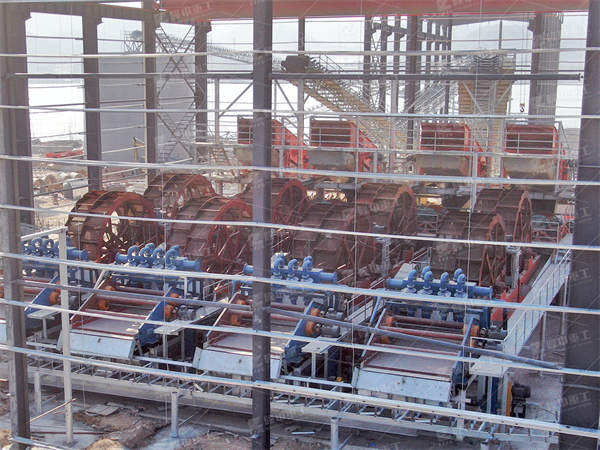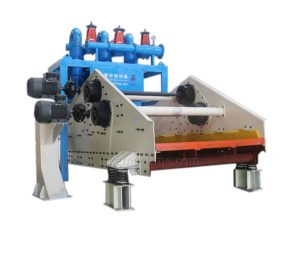The greening technology of Kaolin clay washing sand hill
 January.06,2020
January.06,2020
Abstract: Screening pioneer plants suitable for sandstone mountain growth, combining necessary engineering measures, creating basic living conditions for plant survival, planting medium-stalk grasses with reed characteristics of herbs and shrubs, and soon greening the sandy mountains. Protected sand slopes, improved sand mountain environment, improved sand quality,
Created conditions for the growth of shrubs and trees.
Keywords: Kaolin Mine; Washed Sand Mountain; Greening Technology
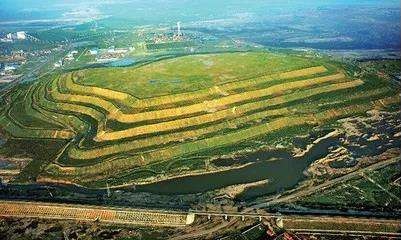
The importance of mines mountain greening
The total reserves of Longyan Donggongxia Kaolin Mine is 52 million tons, which is the largest deposit in Fujian Province with first-grade grade. Mining, washing, ore mining and processing began in 1990, and the annual output has increased year by year. In recent years, the annual output has reached 550,000 tons, the sand-sanding rate is 30%, and the abandoned tailings have been abandoned for 1.8 million tons in 12a. The white sandy mountains have increased the exposed bedrock of the ore deposit, and the mountain area in the mining area has been whitened and reddened. Destroyed the green mountain, the natural scenery of the east gate of the central city of Dashalongyan.
In the rainy season, sand hills collapse, runoff, block trenches, bury farmland, and endanger the production and livelihood of the surrounding people. The quartz sand mount abandoned by water panning have no soil and no fertilizer, and are easy to dry. Therefore, sand hill has not been planted for a long time. In the past, the forestry department has not passed the clearance of vegetation construction technology and it is difficult to green the mountain body that has been petrified in the mines. Therefore, it is temporarily not included in the greening inspection object.
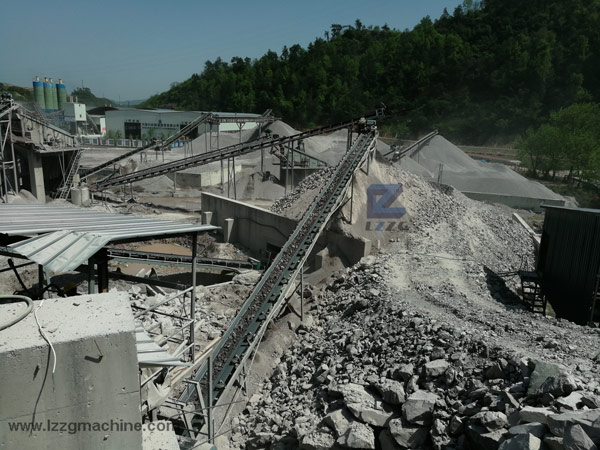
kaolin washing sand mountain
Sand Mountain Greening Method Research
Beginning in 1997, the Forestry Bureau of Xinluo District organized efforts to carry out research projects on vegetation restoration technology in the mining area. Explored the possibility of vegetation construction in the sand-stone mountains and the technical measures to be taken. The deserted quartz sand mountain of Gaoling Mine is actually an artificial “desert”. Judging from the natural law of vegetation succession, the formation of desert vegetation in nature has undergone sandy weathering-→ moss lichen-→ herb-→ shrub-→ trees Various stages of evolution.
Artificial vegetation creation means taking artificial measures to create plant living conditions, selecting suitable plants, accelerating the formation of vegetation types that are compatible with environmental conditions, and accelerating the replacement of vegetation types. The greening of the sand hills of the Kaolinite mine in Donggongxia is to create sandy vegetation that conforms to the growth of sandstone hills. Technically, the evolution of desert vegetation should be followed, and the old concept of tree planting should be completely broken. Starting from low-level vegetation types, grass first, cooperation with engineering measures, planting and greening, and gradually transforming it into a higher-level type with multiple layers Vegetation.
Foreign countries use high-tech on the sandy petrified mountains in the mining area, spraying organic matter coverings containing N, P, and K and plant seeds to form vegetation. In the construction of highways in China, the steep slopes of cliffs excavated on both sides also adopt the spray-seeding method, which quickly forms green vegetation dominated by dwarf grass, which can beautify slope protection. This topic is based on reality, innovative technology, and takes a new path of greening the sand and stone mountains, starting with “economic, practical, effective” and “grass first”. We started with investigating the ecological conditions in the mining area, and focused on grasses. We plan to select several pioneering herbaceous plants suitable for sandy land growth, and conduct expanded productive experiments based on the success of small-scale experiments. After repeated trials, the greening technology of sand hills and steep wall bedrocks has been successful and the technology is mature.


